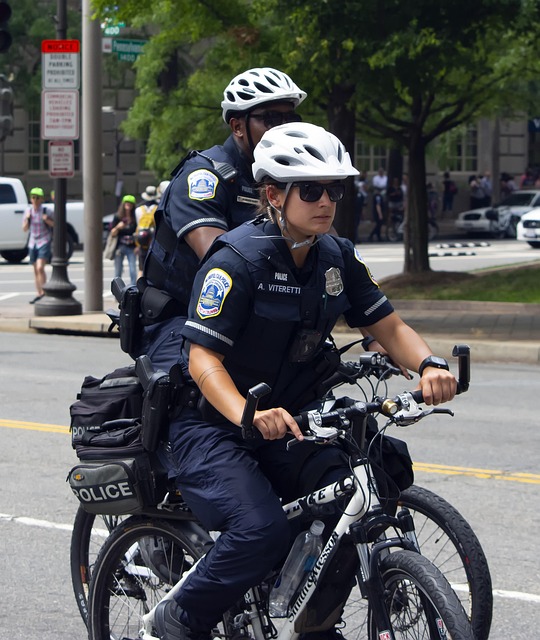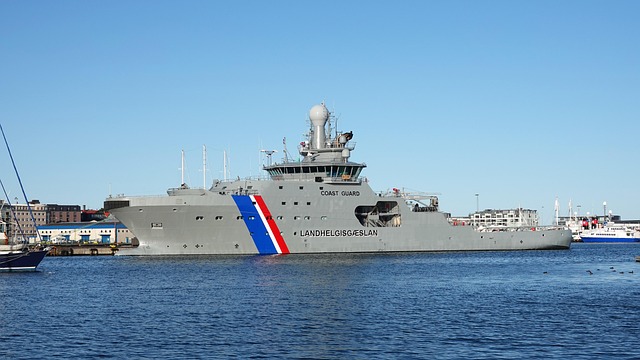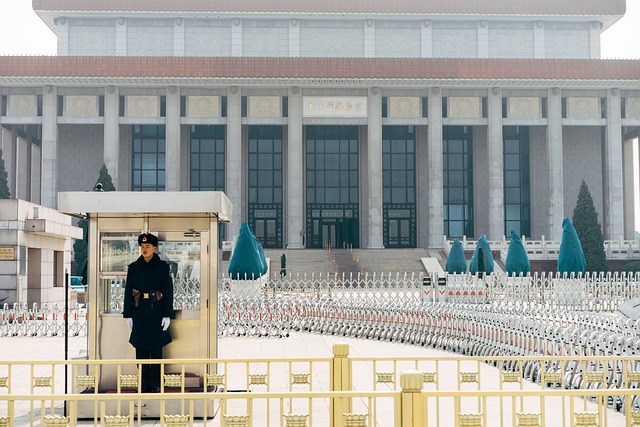Safeguarding Families: Comprehensive Anti-Kidnapping Strategies from Home to Global Travel

Personal protection for family members is a multifaceted approach to safeguarding against crises lik…….
Introduction
In today’s complex world, where threats can range from terrorist attacks to cyber-crimes, the concept of Close Protection for Families has become a critical aspect of personal security. This article delves into the intricacies of providing close protection, exploring its significance, the global impact, economic considerations, technological advancements, policy frameworks, and future prospects. We will also examine challenges and criticisms within the industry and present case studies that illustrate successful applications of close protection services. By the end of this article, readers will have a comprehensive understanding of what it entails to safeguard families through close protection and why it remains an indispensable service in various contexts around the globe.
Understanding Close Protection for Families
Close Protection for Families refers to the practice of offering specialized security measures to protect individuals and their loved ones from a spectrum of threats. This encompasses a range of services, including risk assessment, travel planning, personal security details, and crisis management. The core components of close protection include surveillance detection, threat analysis, access control, secure communication systems, and contingency planning.
Historically, close protection has its roots in the bodyguarding practices of ancient civilizations, evolving through eras to meet the changing threats and security needs. Today, it is a multifaceted field that combines elements of military tactics, law enforcement techniques, and private security expertise. The significance of close protection lies in its ability to provide a proactive defense mechanism tailored to the specific risks faced by a family.
Global Impact and Trends
The impact of Close Protection for Families is felt across the globe, with varying degrees of necessity based on geopolitical stability, societal threats, and individual risk profiles. In regions with higher incidences of crime, political instability, or conflict, the demand for close protection services is significantly elevated. For instance, in countries like Mexico, South Africa, and parts of Asia, families are increasingly hiring personal security due to high rates of violent crime.
Key trends shaping the trajectory of close protection include:
Economic Considerations
The economic aspects of Close Protection for Families are multifaceted, influencing both the supply and demand sides of the market. Market dynamics are driven by factors such as global security threats, wealth distribution, and technological advancements. Investment patterns in personal security reflect a trend towards premium services, with families willing to allocate significant resources to ensure their safety.
In economic terms, close protection is both a cost center and an investment in risk mitigation. It contributes to the economy by creating employment opportunities and fostering industries related to security technology and training. Moreover, in some markets, it is seen as a status symbol, reflecting the financial stability of the families who can afford such services.
Technological Advancements
Technology plays a pivotal role in modern close protection operations. Innovations such as AI-driven surveillance systems, biometric access controls, and encrypted communication networks have revolutionized the way security details operate. Drones, for example, provide aerial monitoring capabilities, while cybersecurity measures are essential to protect against digital threats.
The future potential of technology in close protection is vast. Advancements in artificial intelligence, predictive analytics, and real-time data processing will further enhance the ability of security teams to anticipate and respond to threats. The integration of these technologies is expected to improve situational awareness, response times, and overall effectiveness of close protection services.
Policy and Regulation
The governance of Close Protection for Families is shaped by a complex web of policies, regulations, and legislative frameworks. These vary widely from one country to another, influencing the operational scope, legal rights, and ethical considerations of close protection providers.
Key policy areas include:
These policies are critical in ensuring that close protection services are delivered ethically, legally, and effectively. They also play a role in shaping public perception and acceptance of such services.
Challenges and Criticisms
Despite its importance, Close Protection for Families faces several challenges and criticisms. These include concerns over privacy, the potential for security teams to become targets themselves, and the ethical implications of employing aggressive or intrusive measures. Moreover, the industry sometimes grapples with a lack of standardization in training and service delivery, which can lead to inconsistent levels of protection.
To address these issues, it is imperative that close protection operators adhere to strict ethical guidelines, invest in continuous training, and maintain open communication channels with regulatory bodies. Actionable solutions include the establishment of international standards for training and certification, as well as the development of a robust code of conduct for all operatives.
Case Studies
Several case studies illustrate the successful application of Close Protection for Families. One notable example is the protection detail for a diplomat’s family in an unstable region, where careful planning and situational awareness thwarted potential kidnapping attempts. Another case involves a high-profile business executive who, through their security detail, successfully navigated political protests and civil unrest during an international business trip.
These studies demonstrate the effectiveness of close protection when it is tailored to specific risks and executed with precision and professionalism.
Conclusion
Close Protection for Families is a dynamic and critical industry that continues to evolve in response to global security challenges, technological advancements, and changing societal needs. As threats become more complex and the world grows ever more interconnected, the role of close protection will undoubtedly assume greater importance. With a commitment to ethical practices, continuous innovation, and regulatory compliance, the industry can provide families with the peace of mind they seek in an uncertain world.

Personal protection for family members is a multifaceted approach to safeguarding against crises lik…….

When planning international family vacations, prioritizing safety is crucial. Close protection for f…….

Family security services play a vital role in keeping families safe during public events and holiday…….

Ensuring family security during transportation is paramount for parents, driving the demand for fami…….

Ensuring family safety at public events, holidays, and gatherings is paramount for responsible paren…….

In the digital age, protecting families from diverse threats requires comprehensive family security…….

VIP protection for families demands a personalized approach considering lifestyle, wealth, and speci…….